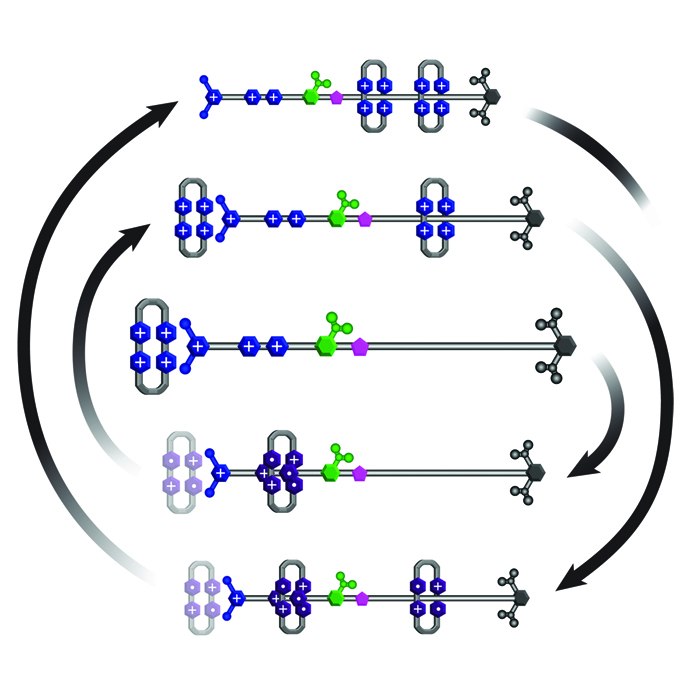A review article entitled “Pumps through the Ages” has just appeared in Chem, as part of the journal’s celebration to mark its first five years since its launch in 2015. Intense interactions between experimentalist Yunyan Qiu and molecular-machine theorist Dean Astumian from University of Maine, have led to this review being published in the August 6th Issue of Chem (2020, 6, 1954–1979).
The review summarizes pumps from everyday ones through the ages, to those that keep us alive to the tiny ones we make ourselves from molecules. It focuses on comparing and unifying design principles and the underlying mechanisms of operation of pumps from the macroscopic, microscopic, and nanoscopic worlds. The development of artificial molecular pumps—a subset of artificial molecular machines—plays an important role in the pursuit of away-from-equilibrium molecular systems and entities. By taking advantage of radical-paring interactions between bipyridinium radical cations we have opened up a new research direction in the past few years targeted towards the design, synthesis and redox operation of artificial molecular pumps using either redox reagents or electricity.
The industrial revolution was made possible in large part by the development of a solid theoretical foundation for macroscopic machines—classical thermodynamics. A similar revolution, based on the kinetic control of molecular machines, is being worked on today using in large part mechanically interlocked molecules—namely, catenanes and rotaxanes. The development of this area of research will be greatly facilitated by the theoretical background of trajectory thermodynamics resting on the solid support of microscopic reversibility. The review features our recent experimental results anchored by a solid theoretical underpinning. We anticipate that this review will provide a roadmap to guide the future development of the field.
Pictured below – Graphical representation of a Molecular Pump:


